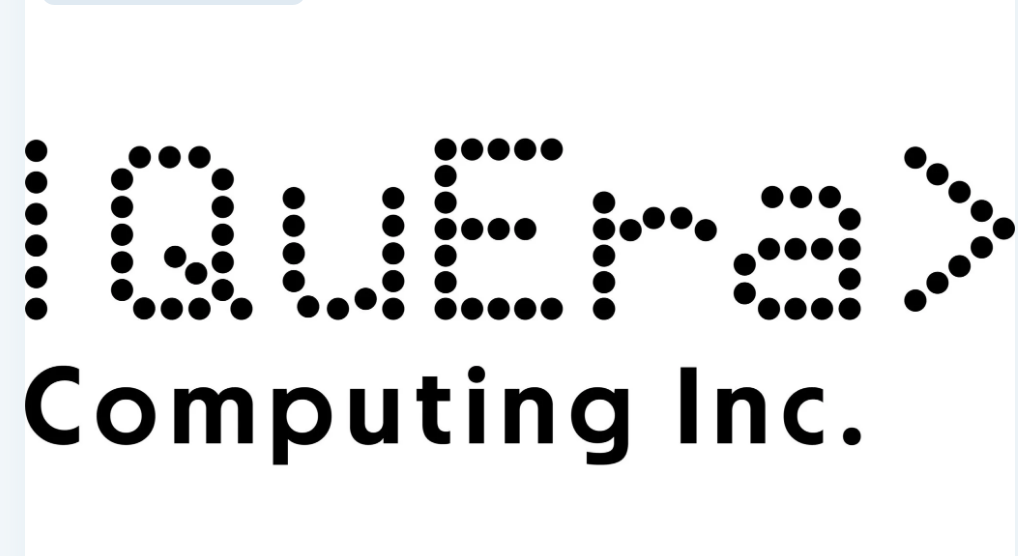
Over The Top Effigy
Those of you who have watched the eight-part original series by FX on Hulu Devs will have — if you enjoyed the other offerings from the show’s writer-director Alex Garland, Ex Machina and Annihilation — bloody well enjoyed yourself. Okay, on a personal note, Ex Machina was clever but a little bit pedestrian in pace for my liking, but slow-burners are what some people enjoy. Annihilation, on the other hand, was a bit more of a popcorn fest with all its visual extravagance and an all-star cast.
With Devs you get something else. However, I’m not here to write another review of the show, for we have enough of them out there. What I want to do, briefly, is talk about the main theme running through the series, that of quantum computing (QC), bypassing the main protagonist Lily Chan and touching on the Russian coder Sergei, Forrest, the eccentric CEO of Amaya — named after his dead daughter — and even the hauntingly over-the-top statue effigy of Amaya that dominates the campus of the Silicon Valley-based company — but only in so far as these characters are the train for the QC thread.
The conspiracy theory of the sci-fi thriller aside (which is enjoyable), is it really about quantum computing or has the byword of ‘QC’ been used as a show pony, a way of getting the series on the very cusp of current technological developments, like AI some ten or fifteen years ago? Is Garland using QC for self-promotion and self-propulsion to the higher echelons of sci-fi film directors and writers?
He could be.

Well anyway, how does QC correlate to the plot and structural finesse of Devs?
If I’ve understood the series as Garland planned us to, I’ve grasped that Sergei, the Russian programmer, developed some kind of AI algorithm that his boss, Forrest, knows about.
Nematode
Sergei’s project has achieved modelling the behaviour of a nematode roundworm by miraculously simulating the nematode’s 300-odd neurons.
This lost me but also got me hooked, as I didn’t know a roundworm had that many neurons.
This is in between a plotline that Amaya has built a quantum computer (which looks like an IBM steampunk ripoff) that can look into the past and future. The main reason for him building a quantum computer is Forrest’s attempt of recreating the memories of his deceased daughter.
Complete mindf**k, yeah?
That’s before the magnetic levitation (MAGLEV) of the show, too.
But there’s one more thing — or should I say ‘many’, with the sci-fi trope of the Multiverse. The Multiverse, as a theory at least, was first thought up by the genius that was American physicist Hugh Everett III. Everett’s beliefs were fostered by another giant of quantum physics, David Deutsch.
“It was trying to get my head around with ideas to do with determinism which is an area of philosophy of stems from science and quantum mechanics which is the ‘underlying’ state of everything.”
— Alex Garland
Wave Function
Too many experts in the field, the Multiverse — or Many-Worlds Interpretation (MWI) as it is also known by — is a clever denial of the collapse of the Wave Function, that magical two-word theory which, if true, is the basis of everything in existence and not.
Forrest’s ultimate dream of bringing his daughter back is about as real as Santa Claus because it is impossible to simulate a large physical system — be it a cell, a molecule or something bigger like the whole history of the human race with a quantum computer. To Forrest’s credit, though(and Garland’s for writing it), he does say Amaya’s quantum computer has an infinite number of qubits, so maybe it is possible.
In my own opinion, Garland has committed the ultimate sin: he’s used the most outlandish theory that probably exists in quantum physics as a platform for his amateurish understanding of the QC industry. And then, with the usual hubristic tendencies of a Hollywood director, taken all the plaudits as an auteur of visionary proportions.
Skimming The Surface
Devs is — at least in its first season — a visually compelling, clever sci-fi thriller that’s at times darkly weird, sometimes subliminal, but also educational on the outset. As a TQD journalist looking at it from the ‘inside’, I can say Garland has just skimmed the surface.
Though that is not always a bad thing: as QC becomes the new norm, and our understanding of it acclimatizes, too, there will be more such movies/series on Netflix, Amazon Prime and the other networks out there giving us their lowdown and insight on QC and popularizing the technology at the same time.
For more market insights, check out our latest quantum computing news here.















